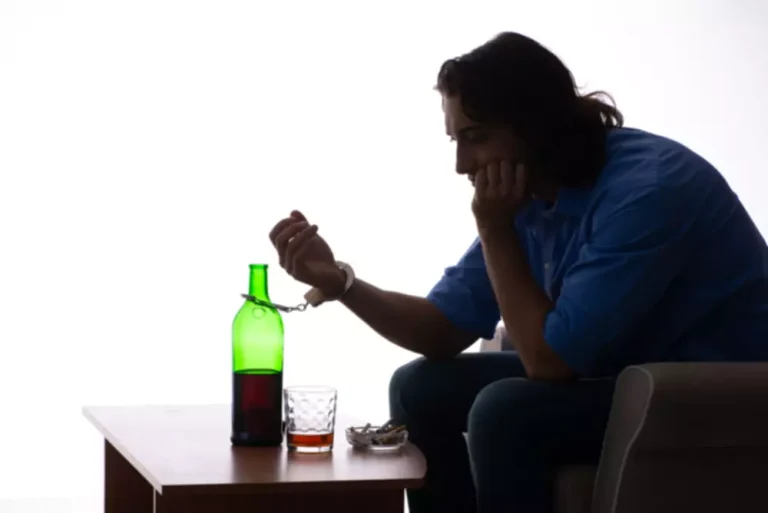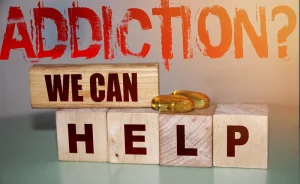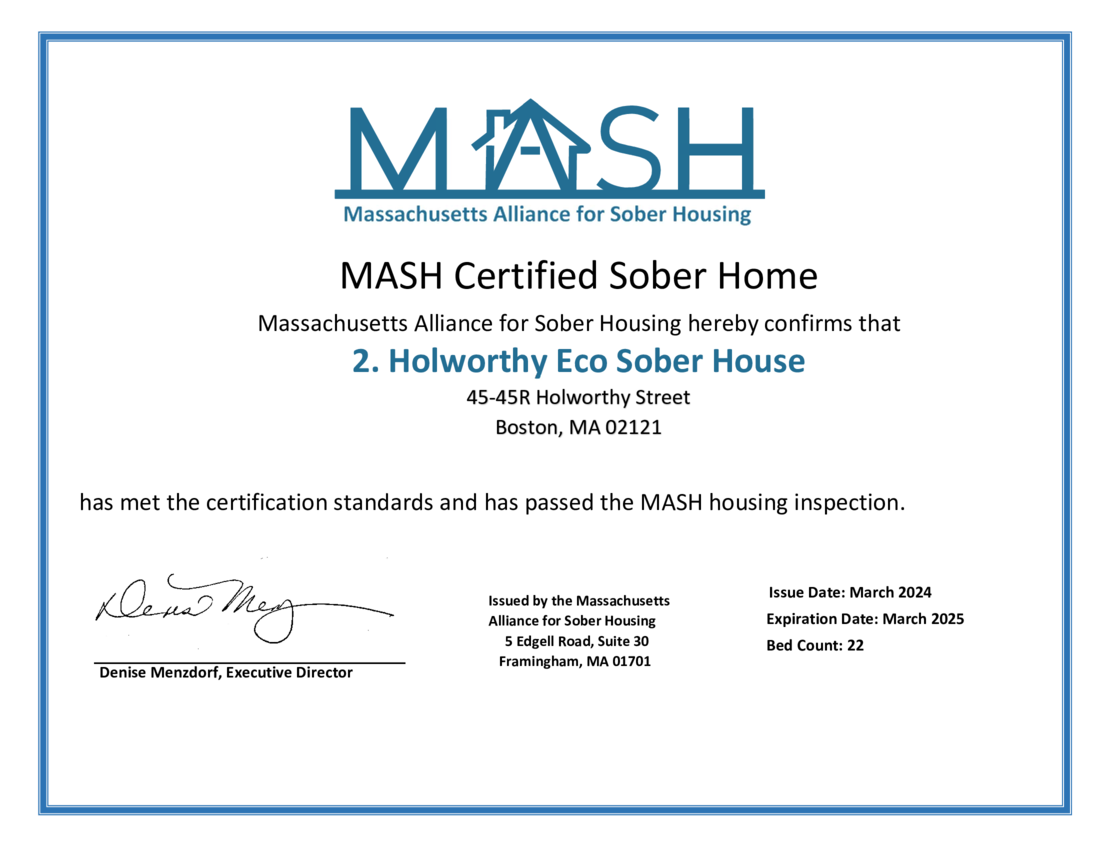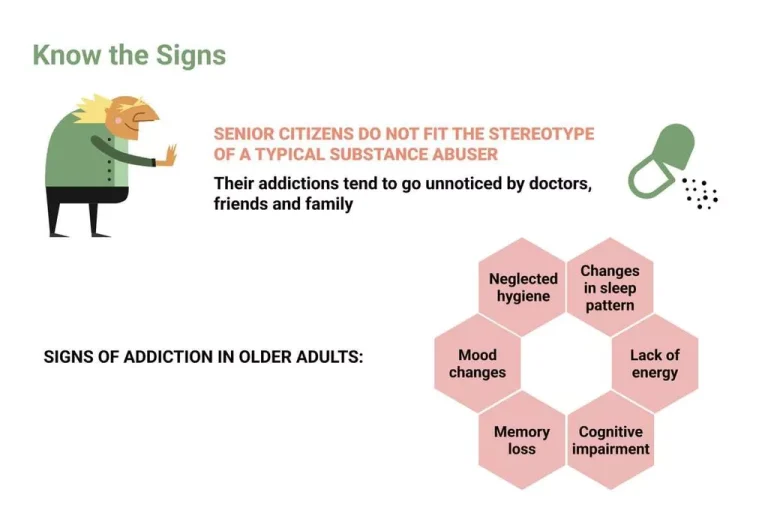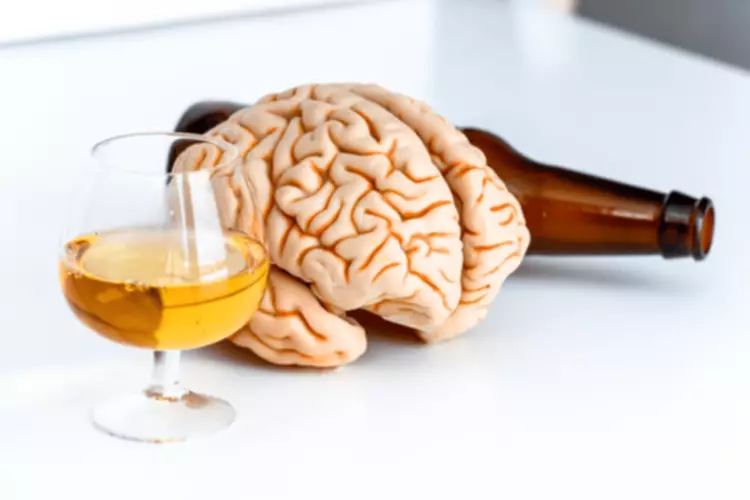Self‐stigma usually describes a process in which an individual with mental illness internalizes the stigma and then experiences diminished self‐esteem and self‐efficacy, limiting prospects for recovery. Social psychologists argue that this process begins even before the person is afflicted with a mental illness because it is during that period that he/she usually learns about and internalizes culturally disseminated stereotypes about such illnesses. To make a fair and rational judgement about individuals, however, would require more information than simply calling up stereotypes. In cases of mental illness, stereotypes can therefore become dysfunctional because they typically activate generalized rather than customized response patterns; contradictory information can even reinforce stereotypes as “exceptions prove the rule”. In the case of the mentally ill, we can only determine whether a person is indeed dangerous, unpredictable or unreliable, if we make an effort to know him or her better.
Sharing therapy experiences publicly
As a result, treatment has historically not always made scientific sense and has been brutal and inhumane. Dating back to Neolithic times, trephining, for example, involved chipping a hole in the person’s skull to release the evil spirits. Treatment of mental drug addiction blog illness has come a long way since then, but the fields of psychology and psychiatry are relatively young and still have a long way to go. When I started working on autism in South Korea in the early 2000s, nobody would talk about mental illnesses.
Do our resources serve employee needs?
Furthermore, to complicate matters, discrimination can further strain personal relationships, as friends and family may distance themselves due to discomfort, fear, or misunderstanding, exacerbating feelings of isolation and loneliness [9]. These general preferences for informal sources of help and for non-biologically based treatments do not preclude the American public from also endorsing more formal sources of mental health care. Pescosolido et al. (2010) reported that between 1996 and 2006 there were significant increases in the public’s endorsement crack cocaine symptoms and warning signs of formal mental health treatments from both general and specialty care settings and for the use of prescription medications. Psychiatrists might have more positive views about the mentally ill, but express reduced willingness to have contact with them. A Swiss study found that psychiatrists are more in favour of community psychiatry for persons with severe mental illnesses than the general population 3. But when the willingness for social contact is assessed, there is no difference between psychiatrists and the general population.
Research and Practice Implications to Reduce Public Stigma
Differences between demographic variables across countries will be discussed in our future publications. And are consistent with global trends.23Ashley Abramson, “Burnout and stress are everywhere,” Monitor on Psychology, January 1, 2022, Volume 53, Number 1. The primary focus of this article was to identify barriers to access and quality care created by stigmatization processes at the level of personal and interpersonal stigma and to identify solutions that can be implemented within existing structures. A key limitation of the evidence described in this article is that many anti-stigma interventions are evaluated using provider-based outcomes—typically attitudes and behavioural intentions of health providers. There is a need for more research that targets the impacts of stigma reduction initiatives on patient experiences and specific care practices. Longitudinal research using mixed-method designs that track the implementation of more sustained stigma reduction efforts within healthcare organizations and setting would be of benefit.
Do we enable individual growth?
In fact, research shows people with mental illness are more likely to be victims than perpetrators of violence. They may be viewed in a negative way, treated differently and made to feel ashamed or embarrassed about their mental illness. Stigma can also lead to discrimination at work or in a social context, and this can make mental illness worse. Such steps can limit the consequences of stigma, but they can’t erase its existence. Though we’ve learned that information drug overdose: definition treatment prevention and more all by itself doesn’t reduce stigma, that doesn’t mean we should stop educating people from early ages about diagnosis and treatment—and there is evidence to suggest public health campaigns can reduce stigma if properly funded and executed. Even though the participants in this study were many—over 4,000 adults—it would take even larger groups to understand how socioeconomic, ethnic, or racial characteristics affected changing attitudes toward mental illness.
The 1996, 1998, 2002, and 2006 surveys included special modules (e.g., MacArthur Mental Health Module, Pressing Issues in Health and Medical Care) designed to document the public’s views of common mental disorders and mental health treatments. The 2002 GSS included the National Stigma Study-Children module which asked respondents about their assessment, recognition, help-seeking preferences, causal attributions, and stigma related to children with attention deficit hyperactivity disorder (ADHD) or major depression. The GSS has been conducted since 1972 by the National Opinion Research Center at the University of Chicago and is considered one of the top U.S. public opinion surveys (Kuppin and Carpiano 2006). This survey uses a full probability sample of non-institutionalized adults in the U.S. and is conducted biennially (Schnittker et al. 2000). Addressing the stigma surrounding mental health can significantly enhance the effectiveness of psychiatric care. To this end, developing programs and strategies that foster a culture of understanding and acceptance may encourage more individuals to seek help when they need it, improving early detection and intervention, which are crucial for better health outcomes.
Yabby exporter fears change to aerial spraying rules may kill her crustaceans
HI is a member of the Council of American Survey Research Organizations and acts in accordance with the Standards and Ethics for Survey Research (Walker et al. 2008). Child respondents aged 8 and older were children of adult members of HI and were randomly selected from HI’s membership base. Weighted samples from HI have been shown to be comparable to random samples of the U.S. population (Coleman et al. 2009; Walker et al. 2008). One article analyzed data from a national probability sample of individuals surveyed about their attitudes towards homeless and homeless mentally ill people.
—signaling an opportunity for leaders to support employee desires to learn, explore, and grow way beyond traditional career progression. Taking a systemic approach means addressing both toxic workplace behavior and redesigning work to be inclusive, sustainable, and supportive of individual learning and growth, including leader and employee adaptability skills. It means rethinking organizational systems, processes, and incentives to redesign work, job expectations, and team environments. It is important to acknowledge that the community often faces unique mental health challenges due to discrimination, stigma, marginalization, and lack of support. Now is the time to remind those within the Johns Hopkins community who may need support that the university has helpful resources available.
There is no country, society or culture where people with mental illness have the same societal value as people without a mental illness. In a survey that included respondents from 27 countries, nearly 50% of persons with schizophrenia reported discrimination in their personal relationships. Up to 2/3 of these people anticipated discrimination while applying for work or looking for a close relationship 1.
- Or, more recently, books like Kay Redfield Jamison’s memoir An Unquiet Mind (1996), Andrew Solomon’s The Noonday Demon (2001), and Brian Broome’s Punch Me Up to the Gods (2021).
- Even though the participants in this study were many—over 4,000 adults—it would take even larger groups to understand how socioeconomic, ethnic, or racial characteristics affected changing attitudes toward mental illness.
- Ayalon and Areán’s (2004) study on older adults in an Arab cultural context found that men reported higher levels of perceived stigma related to mental illness than women [14].
- Things like schizophrenia and substance abuse threaten the ideals of capitalist society, that we should always be in control and masters of ourselves.
- It starred the ingenious Jack Nicholson as Randy McMurphy, a violent crook who pretends to be mentally ill in order to avoid prison.
More than 50% of U.S. adults will need mental health treatment at some point during their lifetime. In addition, 1 in 25 are currently living with a serious mental illness, such as an eating disorder, bipolar disorder, post-traumatic stress disorder (PTSD), or major depression. Promote accurate information about mental health conditions through educational campaigns, workshops, and events in your community to dispel myths and misconceptions. Mental health stigma refers to negative beliefs people may hold about those with mental illness, which can lead to stereotypes, prejudice, and discrimination.
Research also highlights that stigma towards mental illness has significant implications for treating and managing mental health conditions. For example, several studies suggest that stigma can lead to delayed diagnosis and treatment-seeking behaviors [13,16]. This is concerning because early intervention is critical for managing mental illness and improving outcomes for individuals living with these conditions. These measures collectively contribute to improved awareness, understanding, and acceptance of mental health conditions, thus facilitating early intervention and better management of mental illnesses across diverse cultural contexts.
It could simply mean that it isn’t enough for people to talk about their own experiences with mental illness; we might also need concerted efforts to limit hate speech and misinformation on social media about people with mental illness. And that personal disclosures of mental disorder need to be grounded in rehearsal, support, and timing, as is the case with stigma expert Pat Corrigan’s program, Honest, Open, and Proud. The stigma surrounding psychiatry, as research suggests, manifests differently across cultures due to various factors [7]. This stigma operates at various levels, including individuals, families, healthcare providers, and society, and cultural norms, religious beliefs, and social attitudes influence its manifestations and implications. Mental health stigma can have a hugely negative impact on the lives of people living with mental health conditions. In fact, stigma can often lead to mental, social, or even professional consequences for the people who are stigmatized.
A study by Yang and Kleinman (2008) found that in Chinese culture, mental illness is often attributed to social and interpersonal factors, such as family conflict [16]. Such attributions can contribute to a sense of shame or blame within the family, exacerbating the stigma experienced by the individual with mental illness. Among adults, social distance was greatest for those with drug abuse disorders, followed by alcohol abuse, schizophrenia and depression (Link et al. 1999; Martin et al. 2000).









